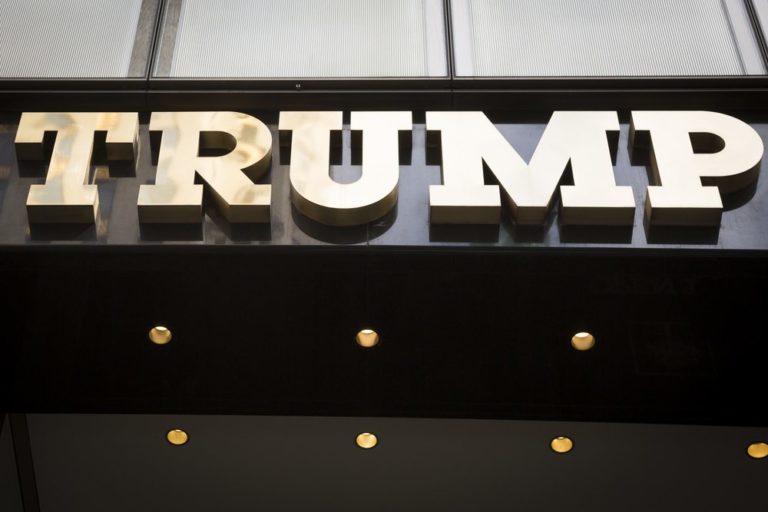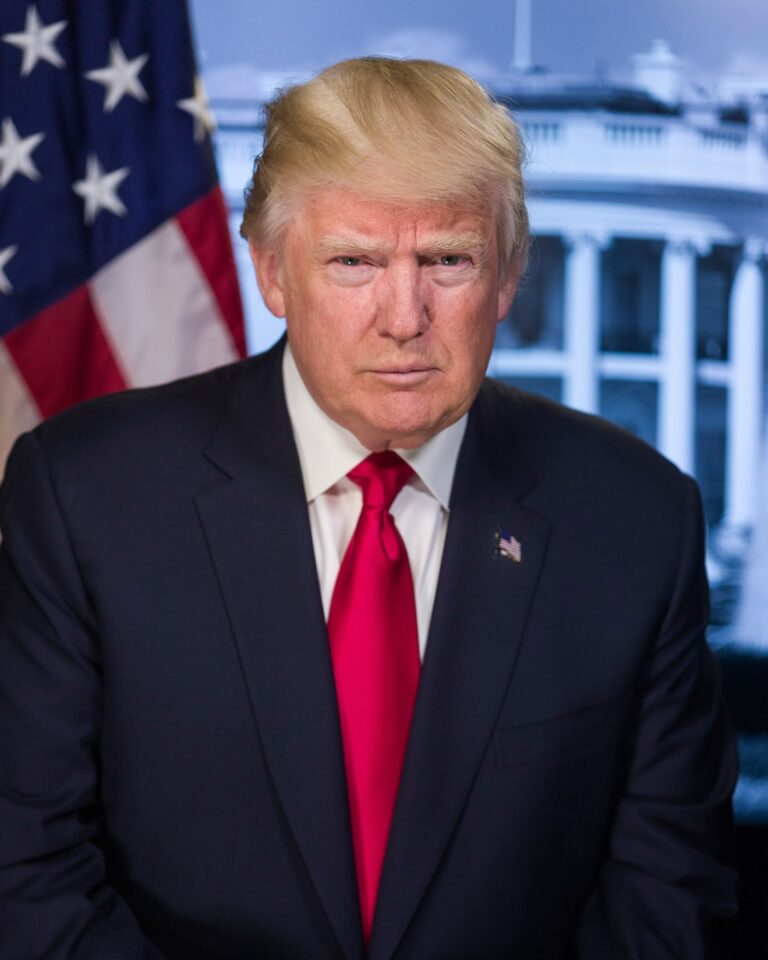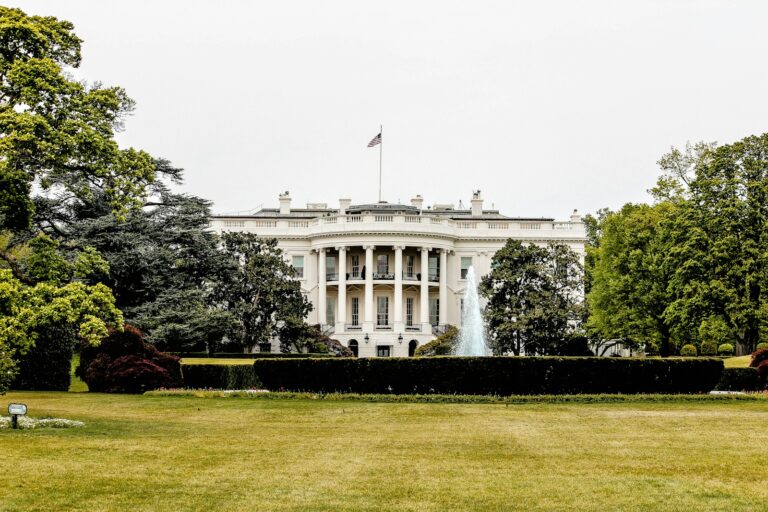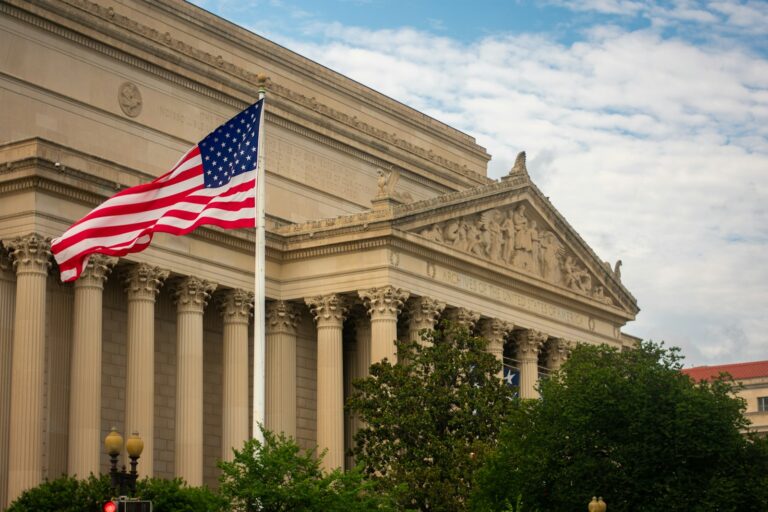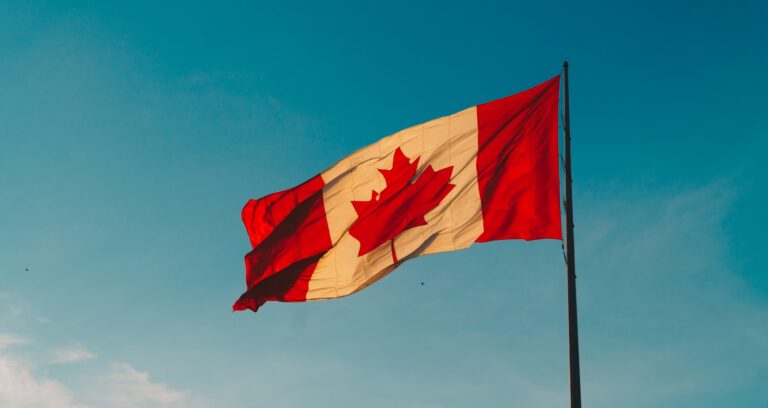Key Takeaways
– A Texas woman says a Marine slipped abortion pills into her hot cocoa.
– She suffered heavy bleeding and lost her pregnancy.
– Police have no active investigation in the case.
– Texas law bans most abortions and allows civil suits against helpers.
Introduction
A Texas woman claims a Marine secretly mixed at least ten abortion pills into her hot cocoa. The woman drank the drink on an April night and soon began bleeding heavily. She believes the pills ended her eight week pregnancy. Local police say they have not opened any investigation. This story raises questions about consent and state abortion rules.
Allegations Against the Marine
The woman accuses the Marine of deliberately giving her a spiked drink. She says he prepared the hot cocoa and left right after she started to bleed. The lawsuit states the Marine then ignored her urgent messages. She felt abandoned and feared for her safety and health.
Timeline of Events
First, the woman discovered she was pregnant in late January. She shared the news with the man. He replied that they were not in love and could not raise a child together. He said he would order abortion pills online. Over time, his messages grew tense and insulting.
Text Messages Raise Red Flags
In the messages, the man called the fetus a thing and said he felt trapped. He threatened to harm the woman’s custody case in her divorce. He said he would testify against her to take away her other children. His words showed clear hostility toward the pregnancy.
Shift in Tone Before the Incident
On April second, the man asked the woman to join him for a trust building evening. He mentioned relaxing tea and warmth. The woman agreed. She did not know the drink would contain abortion pills.
Night of April Five
On that night, the man made hot cocoa for the woman. She drank it within minutes. Shortly after, she began cramping and bleeding heavily. She tried to get help from the man. She sent him frantic messages about the bleeding. Instead of helping, he stopped replying.
Emergency and Aftermath
The woman feared to leave her home. Her children slept upstairs. She did not want to wake them. The man said he would fetch her mother. He claimed he had a flight soon. In the end, her mother reached the home by Uber in the early hours. The woman went to the hospital but the fetus did not survive.
Discovery at Home
Afterward, the woman found an open box of pills and a pill container. She handed these items to the local police. She told officers what happened. Despite her report, police say they have not launched an active investigation involving the man.
Texas Abortion Rules
Texas law bans nearly all abortions with few exceptions. It does not allow an abortion for rape or incest. The law lets people sue anyone who helps with an abortion. It also counts an unborn child as a person from fertilization until birth. Those who provide a forbidden abortion face criminal and civil penalties.
Potential Criminal Penalties
Under state law, anyone guilty of aiding a prohibited abortion could face felony charges. A first degree felony may apply if the abortion results in a fetal death. A second degree felony may apply in other cases. Convicted individuals could face prison time and steep fines.
Civil Lawsuits and Fines
The law also allows private citizens to sue anyone who helps with an abortion. A successful suit can award at least one hundred thousand dollars in damages. The woman’s lawsuit could trigger such financial penalties if the court rules in her favor.
Police Response
The local police department said they have no open case against the man. They have not begun any formal investigation. The woman’s lawyer says they plan to push for action. They hope pressure will force police to look at the evidence.
Legal Battle Ahead
The woman has filed a civil lawsuit against the man. She seeks justice for her pain and the loss of her pregnancy. Her lawyers argue the man knowingly gave her abortion pills without consent. They say this act caused her harm and violated her rights.
What Comes Next
First, the court will review the lawsuit. Then the judge may set a date for hearings. The man will have a chance to respond. Witnesses may testify about the messages and the night in question. The court could force the police to explain why they have not acted.
Impact and Reactions
This case highlights debates over abortion rights and personal autonomy. It raises tough questions about consent and medical ethics. It also tests Texas laws that criminalize almost all abortions. People on both sides of the abortion debate will watch closely.
Possible Outcomes
If the court rules for the woman, the man could face major fines and civil liability. A ruling against him might leave the woman without legal recourse. Police could still decide to open a criminal case if new evidence surfaces.
Broader Implications
This incident could shape future cases under strict abortion laws. It may influence how police handle similar claims. It could also affect public opinion about criminalizing abortion and the right to bodily autonomy.
Conclusion
A Texas woman says a Marine spiked her hot cocoa with abortion pills and ended her pregnancy. She suffered heavy bleeding and received no help from him. Police say they have no active case. Texas law bans most abortions and allows civil suits against anyone who aids one. The woman’s lawsuit may force new scrutiny of these rules and of the police response.


